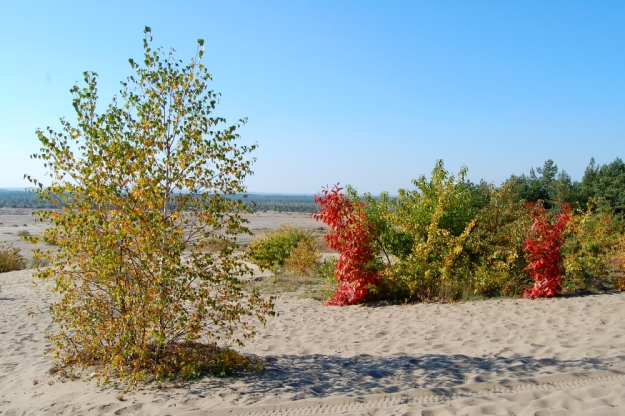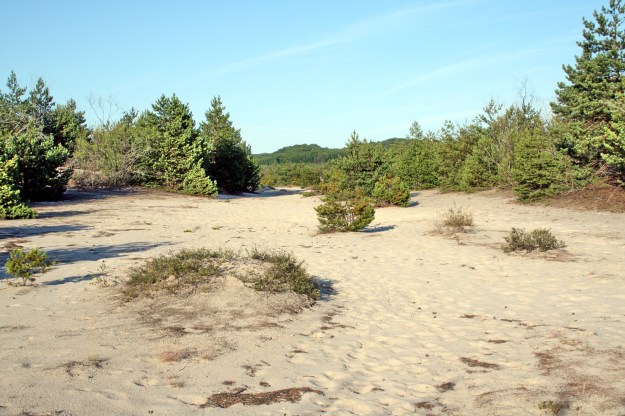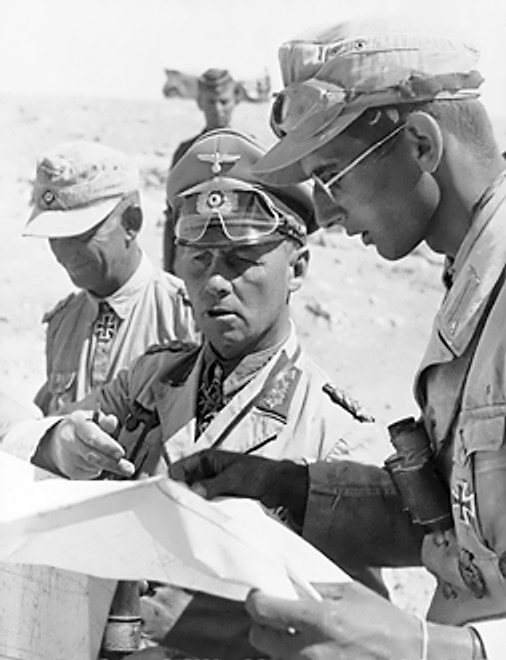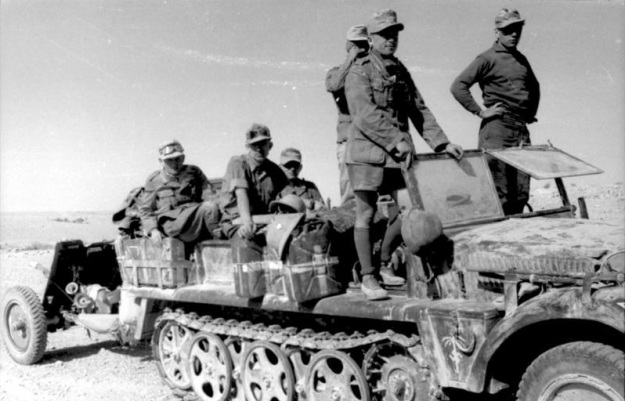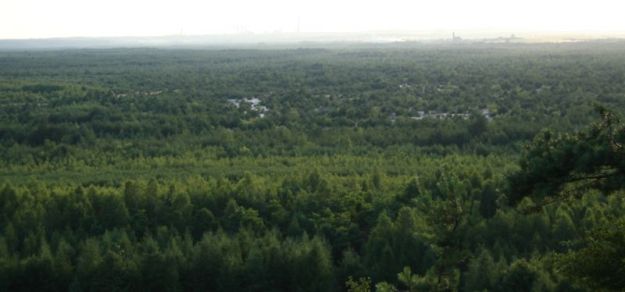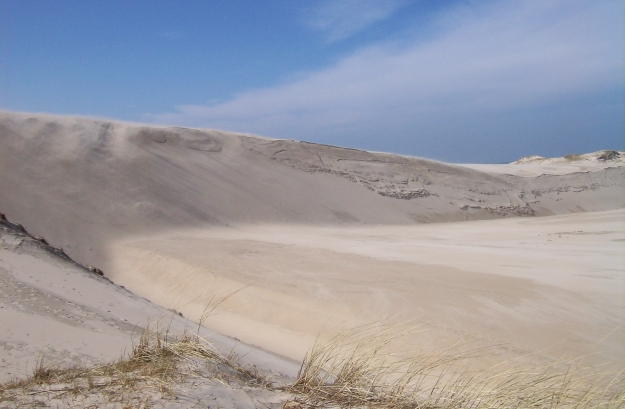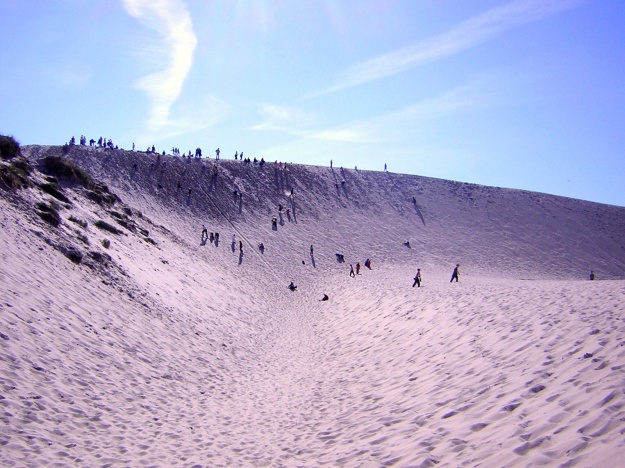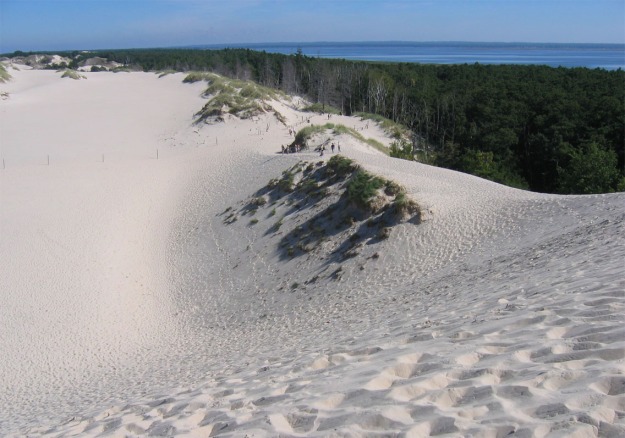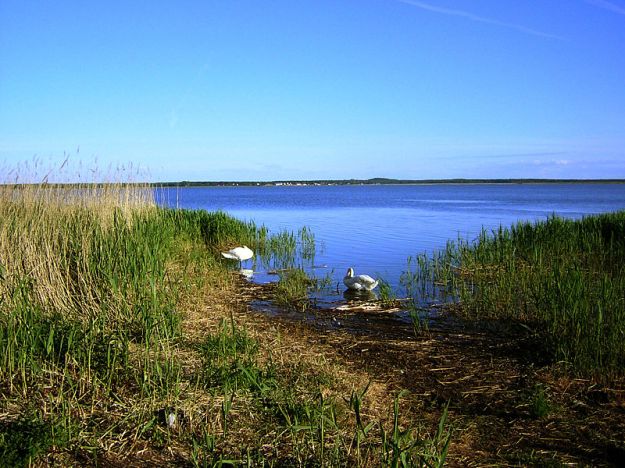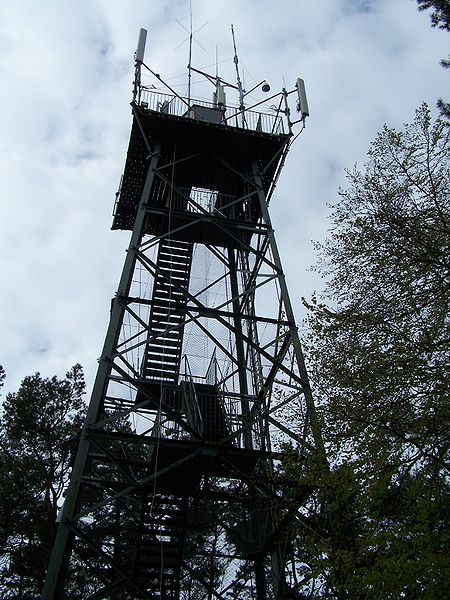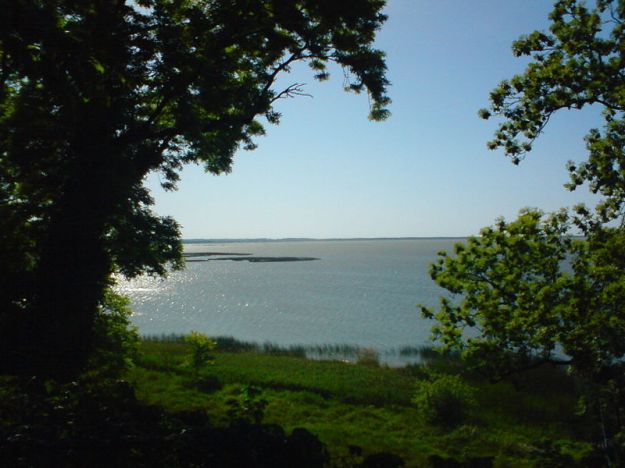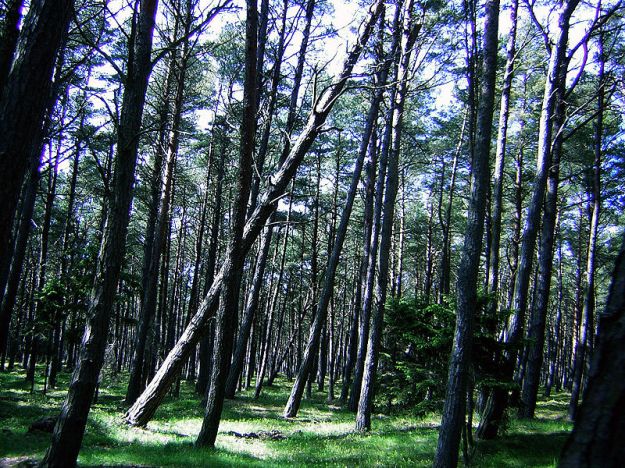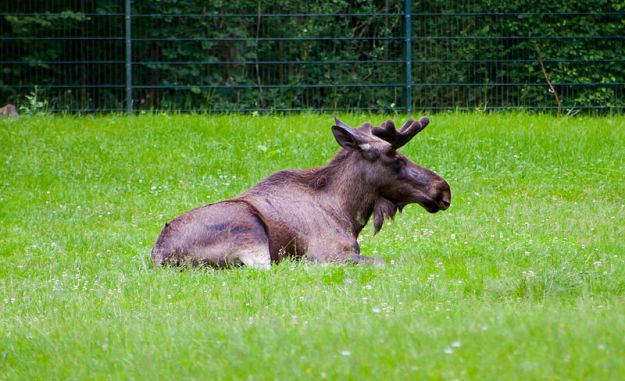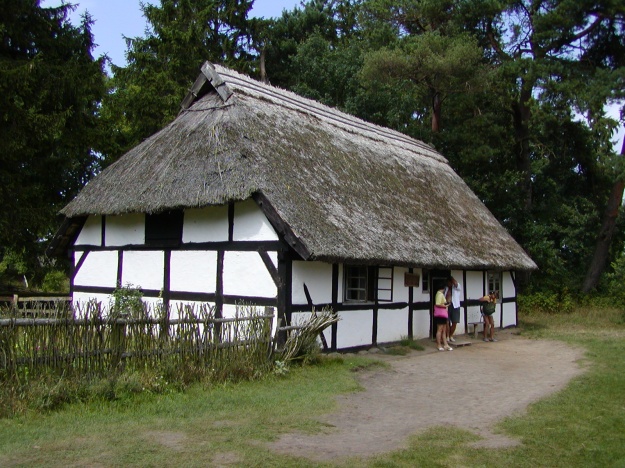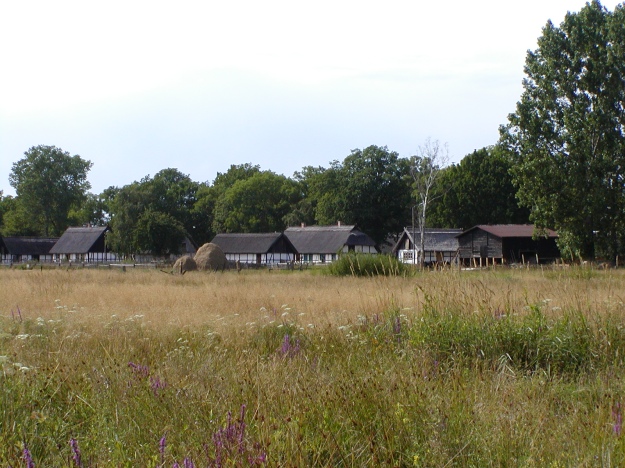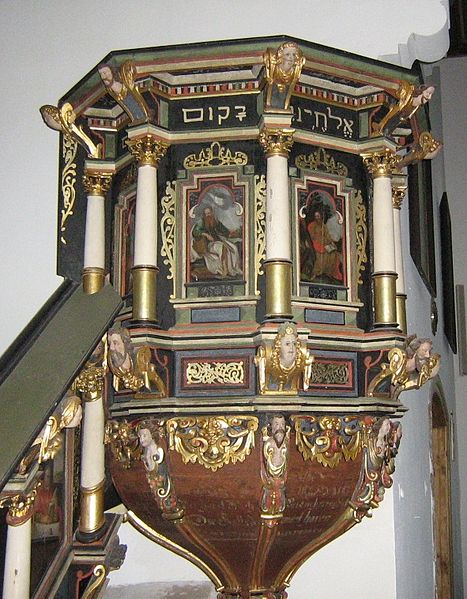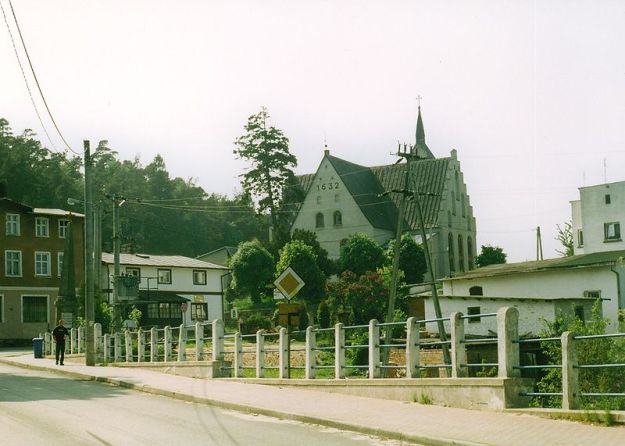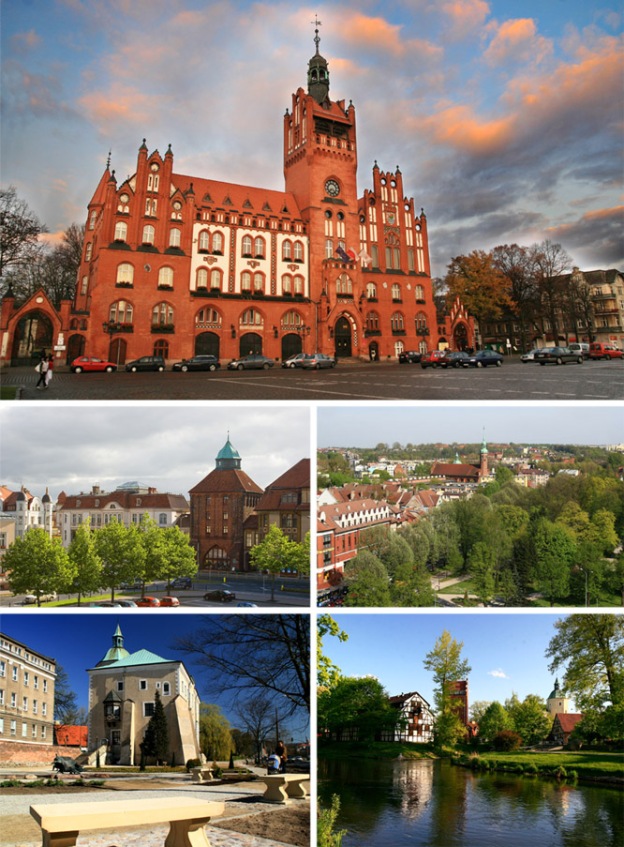About the desserts
How do you like your desserts? (OK, we’ll stop doing that now!) Dry or by the sea? Poland has both.
The Błędów Desert (Pustynia Błędowska) lies about 45km by road from Kraków, off the DK94, or 25km north of the A4/E40 main Krakow to Katowice motorway. At 32 square km, it’s the largest area of loose sand away from any sea in Central Europe, and is believed to have been formed from sand deposited by a melting glacier.
Until medieval times the entire area was covered in forests, which grew over thick layers of sand. That situation changed in C12, when residents cleared local forests to satisfy the needs of silver and lead foundries from nearby Olkusz. As a result sands, devoid of flora, covered the surface and formed dunes.
The Desert was used during WW2 for training and testing equipment by Rommel’s Afrika Korps.
Because the northern part of the Desert was for a long time under military control, it has become a sanctuary for rare animals and protected plants
Reversing the reverse Sahara effect
The desert is actually shrinking – originally as much as 150 square km, the desert had shrunk to 80 sq km by the beginning of the C19 and now measures just 9km by 4km. However, efforts are now being made to strip out plants and trees and return the area to recover the primordial character of the desert and its unique ecosystem.
It is hoped that when the work is more advanced the north of the Desert will incorporate dune observation sites and educational trails while the southern part will focus more on sports – beach ball tournaments and cross-country and orienteering rallies.
It is also hoped that, in time visitors will once again be able to see a desert mirage.
Desert by the sea
On the Baltic coast, between the small, picturesque and – out of the high season – peaceful seaside towns of Rowy and Łeba is Słowiński National Park.
At 186 sq km, the area of the Park was originally a bay of the Baltic Sea but now comprises several lakes (some themselves once bays), rivers, forests and the “moving dunes” carried inland by 3 – 10 metres a year. The dunes reach heights of up to 30m.
The Park is the place to find over 250 species of birds, including migratory, which feel safe because of the limited amount of human activity. You’ll also find deer, elk, wild pigs and hares as you explore the 140km of trails and observation towers or sit on a bench in the rest areas.
Alces alces, the European Elk
Kluki, in Smołdzino, in Słupsk *
While you’re in the area, take a drive to Kluki. Settled by Slovincians, Kluki now features an open-air museum, Muzeum Wsi Słowińskiej (Museum of the Slovincian Village). Most of the Slovincians migrated to West Germany, either voluntarily or forcedly, after WW2.
*Really – we’re not making this up!
Kluki
Kluki
Baroque pulpit in the church in Smołdzino
Słupsk

